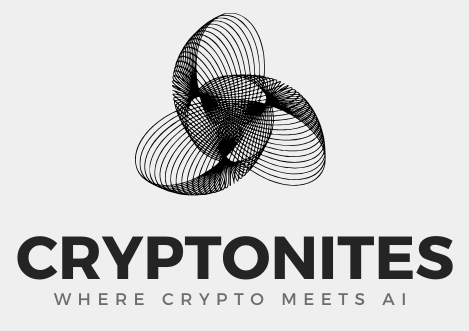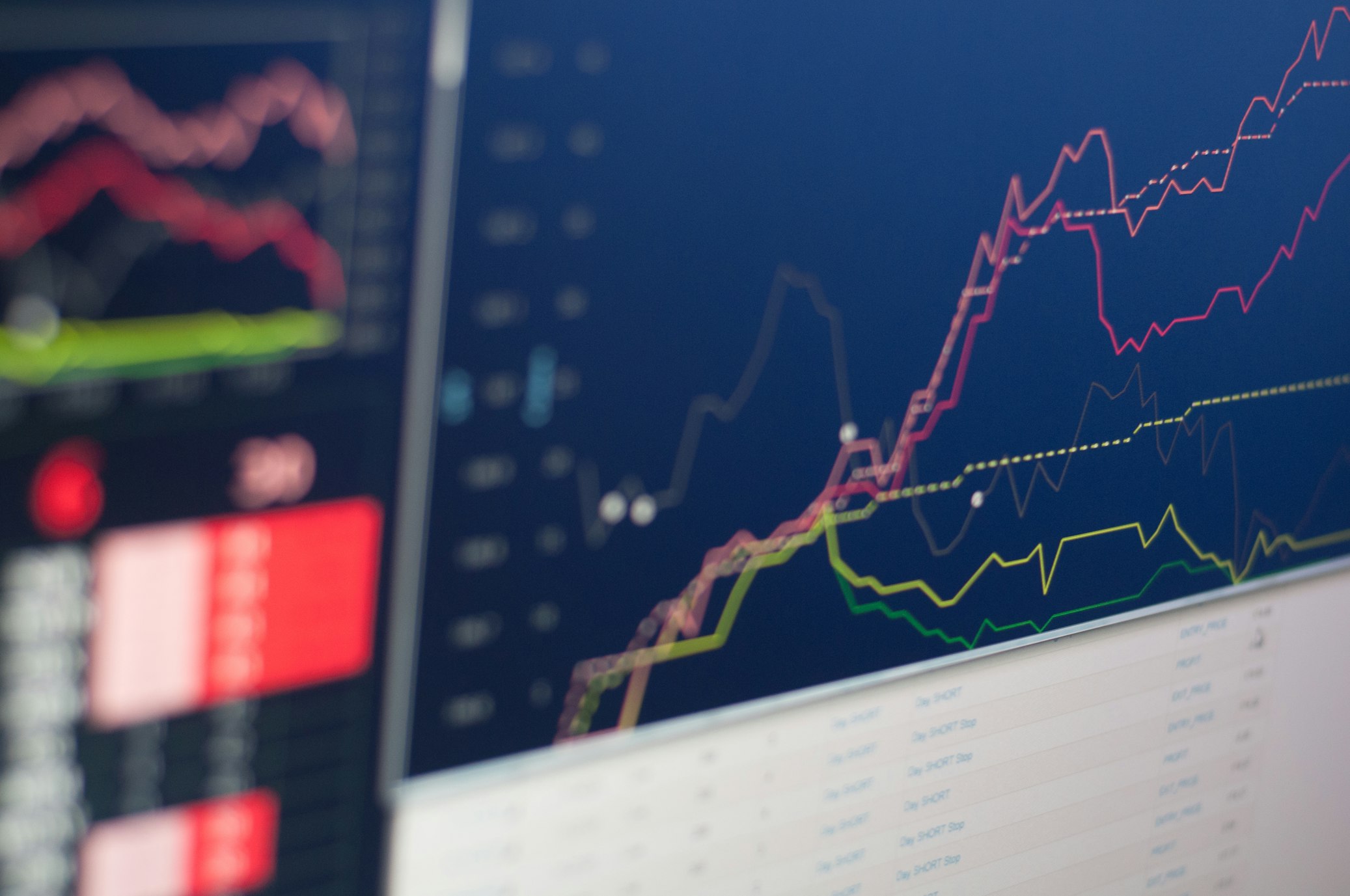In an unexpected turn of events in the crypto markets, XRP has managed to defy the prevailing slump that has gripped many digital currencies. With its recent surge, XRP is inching closer to reclaiming a top-three position in the cryptocurrency hierarchy, a feat that could reshape the competitive landscape of the industry.
Understanding XRP's Resurgence
XRP, the digital asset associated with the Ripple network, has seen a remarkable uptick in its price and trading volume over the past few weeks. As Bitcoin and Ethereum struggle to maintain their values amidst regulatory scrutiny and market skepticism, XRP has been buoyed by renewed interest from investors and a series of strategic partnerships. This resurgence comes on the heels of a long-standing legal battle with the U.S. Securities and Exchange Commission (SEC), which has left many investors cautious. However, recent developments suggest a turning tide.
The legal challenges faced by Ripple have not only galvanized its community but also highlighted the utility of XRP in cross-border transactions. The ongoing narrative is that as traditional financial systems grapple with inefficiencies, XRP presents a viable alternative. This focus on utility, combined with a supportive regulatory environment, has fueled optimism among investors, leading to XRP's impressive market performance.
The Implications of XRP's Rise
XRP's ascent could have far-reaching implications for the entire cryptocurrency market. As it inches closer to the top three, its success may inspire other altcoins to enhance their value propositions and utility, thereby fostering a more competitive environment. Furthermore, if XRP solidifies its position, it could potentially lead to increased institutional interest in digital assets, as institutional investors often gravitate towards coins that show resilience and strong fundamentals.
Moreover, XRP's performance may prompt regulators to reconsider their stance on cryptocurrencies, particularly in relation to securities laws. The SEC's previous actions against Ripple have been a significant point of contention; however, if XRP continues to thrive, it could signal to regulators that there is a place for cryptocurrencies within the financial ecosystem, provided they adhere to certain guidelines.
The implications extend beyond market dynamics. A strong XRP could also mean more robust partnerships with financial institutions, enhancing its role in the global payments landscape. As banks and payment providers seek efficient solutions, XRP's utility could be the catalyst for broader adoption, fundamentally changing how transactions are executed internationally.
Looking Ahead: The Future of XRP
As the crypto landscape evolves, XRP's trajectory will be closely watched. Its ability to navigate regulatory challenges, maintain partnerships, and enhance its utility will be critical in determining its long-term success. Should XRP successfully establish itself as a leader in the space, it could redefine investor perceptions of cryptocurrency, shifting focus from speculative assets to practical solutions for real-world issues.
In a market often characterized by volatility and uncertainty, XRP's current rally offers a glimmer of hope. If it can sustain this momentum, it might not only secure its place among the elite but also set a precedent for how cryptocurrencies can operate within the broader financial system. As we look to the future, the question remains: will XRP become the beacon of stability in an otherwise tumultuous market?


 by Samantha Davis -
Published on 26 March 2025 14:51 GMT
by Samantha Davis -
Published on 26 March 2025 14:51 GMT